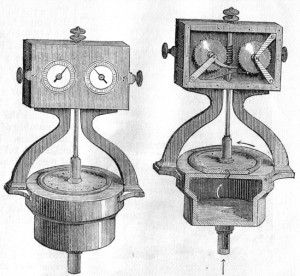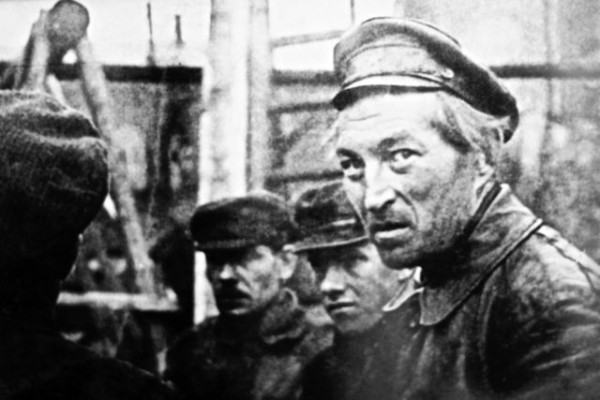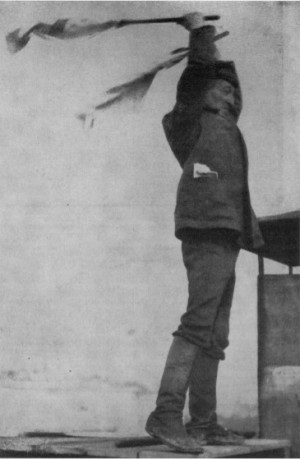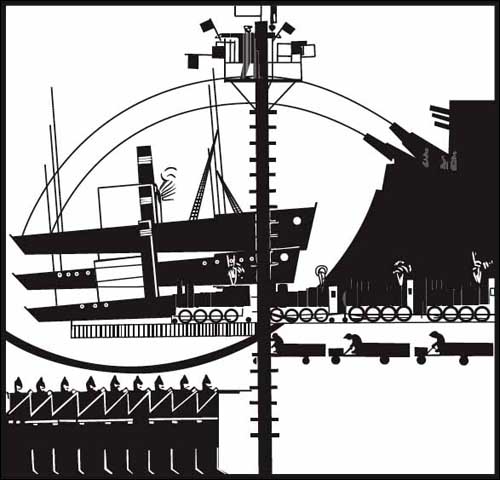Sirens, for the ancient Greeks, were mythical creatures who sang out to passing sailors from rocks in the sea. Their music was so beautiful, it was said, that the sailors were powerless against it—they would turn their ships towards these sea nymphs and crash in the impassable reefs around them.

There’s a moment in Homer’s Odyssey where Odysseus and his men are traveling near an area that Sirens are known to inhabit. Odysseus knows that if he hears the siren’s song, his ship is going to sink. But he still wants to hear what they sound like. So he comes up with a plan: Odysseus has his men tie him to the mast of his ship so that he can’t give commands. And then Odysseus has his men fill their own ears with beeswax so they can’t hear anything. They set sail in striking distance of the sirens’ call.

The plan works: Odysseus gets to hear the music, his men don’t, and they sail on to safety—with Odysseus pleading with his crew to crash the boat the whole way.
And for the next 2000 or so years, that’s what a siren was: a creature that makes a beautiful sound.
But that all changed in 1819, when a French engineer named Charles Cagniard de la Tour decided to give that name to call the artificial noisemaker he was working on the “siren.” (It could, after all, emit sound underwater.)

And this new, mechanical siren became one of the signature sounds of the turn of the Century. Sirens announced the beginning and end of the workday at factories. Sirens warned people about imminent bombing raids during World War I. Sirens announced incoming fire engines, and ambulances, and police.
Thanks in part to the siren, the world of the early 20th Century had become a lot louder than any time in human history. And we can probably assume that the sirens that people heard in cities all over the world sounded nothing like the Siren songs of Greek myth.
At least to most. One man, a composer, named Arseny Avraamov heard music in the cacophony of the modern world.

In November of 1923, Avraamov stepped onto a Moscow rooftop clutching two oversized flags. The flags were his conductor’s wand—for his plan was to conduct an orchestra comprised of the city itself.

Enthralled with the Russian Revolution’s break from the past, Arseny Avraamov envisioned a “music of the future” made from factory sirens, barge foghorns, soldiers’ footsteps, artillery fire, workers’ songs, steam whistles, and proletarian shouts. Put together, he thought, the clatter of the newly formed Soviet Union could be music.
Avraamov called his composition The Symphony of Sirens.


As it happened, the Moscow debut of the Symphony of Sirens coincided with a military parade, a celebration of the Soviet Union’s sixth birthday. Most people didn’t even know that they were witnessing—and creating—a work of music.
Moscow-based producer Charles Maynes investigated the legend of Arseny Avraamov and his forgotten masterpiece. This story was part of the Global Story Project, presented by PRX with support from the Open Society Foundations.
For more on the avant-garde audio experiments of the 1920s Soviet Union, check out Andrey Smirnov’s Generation Z (though a working knowledge of Russian might be helpful). And Sergey Khismatov, composer of Symphony of Industrial Horns (a reconstruction of Avraamov’s work, which appears in Charles’s story), has a website in English.
BONUS! Stay tuned at the end of the episode for one from the archives: #25- Unsung Icons of Soviet Design. After listening, you can go bow down before the glory of Krugozor.



Comments (2)
Share
What was that really cool, slow version of the Internationale around 14:34?
hdfhfd